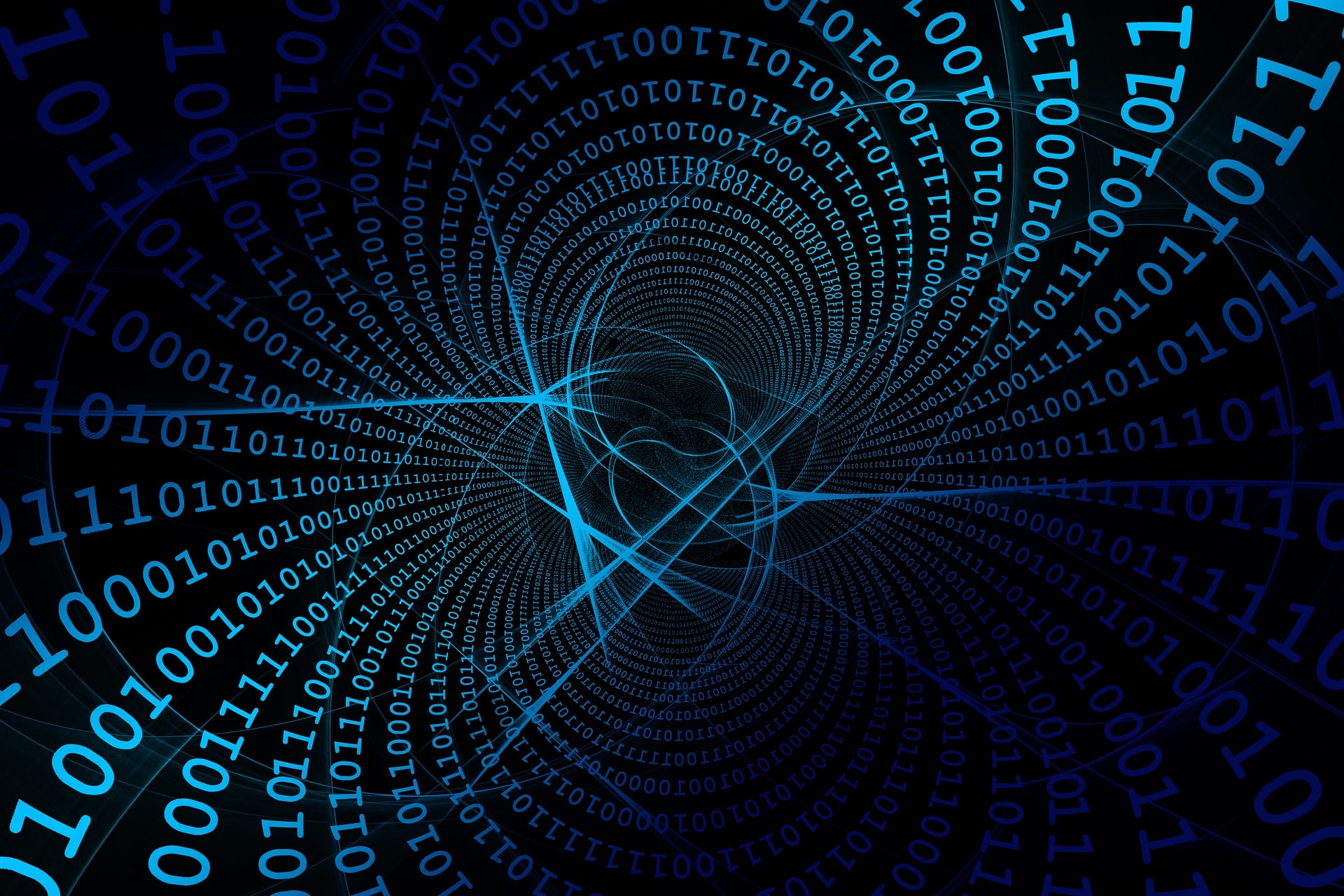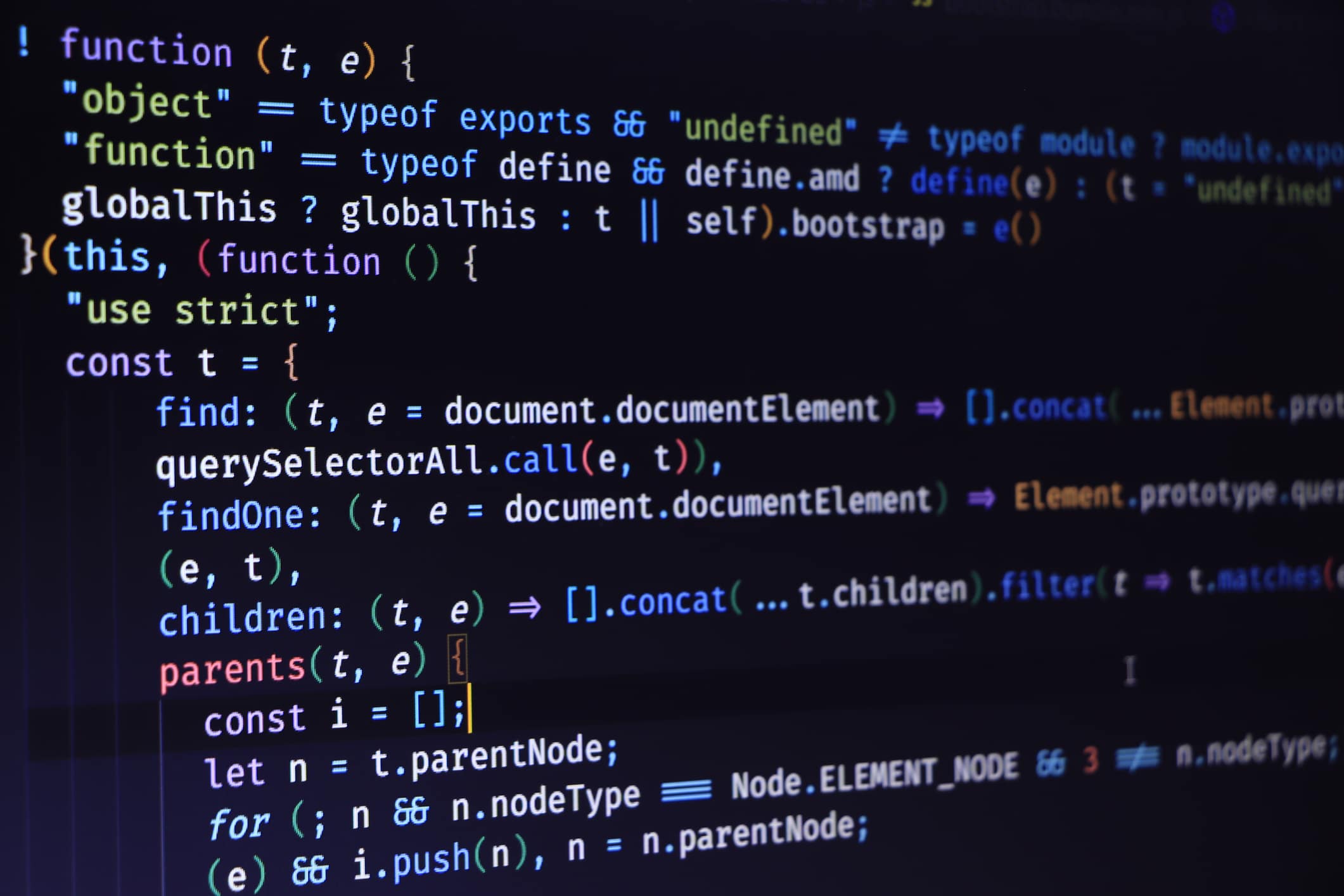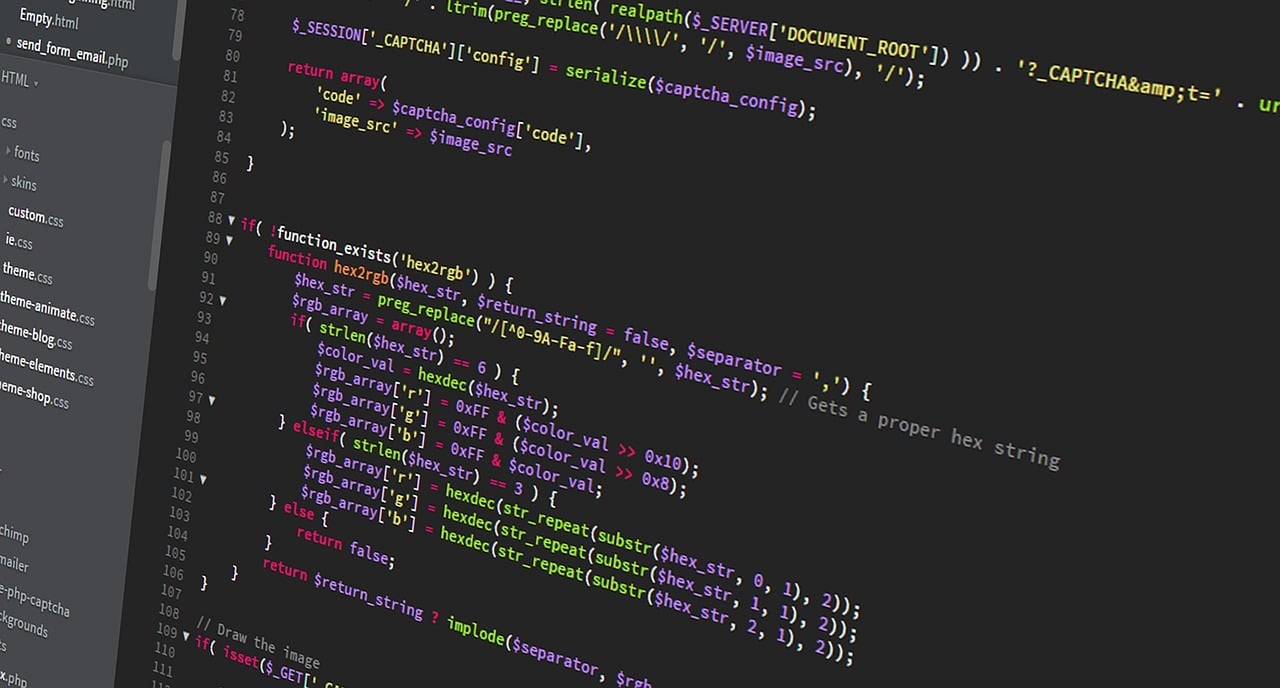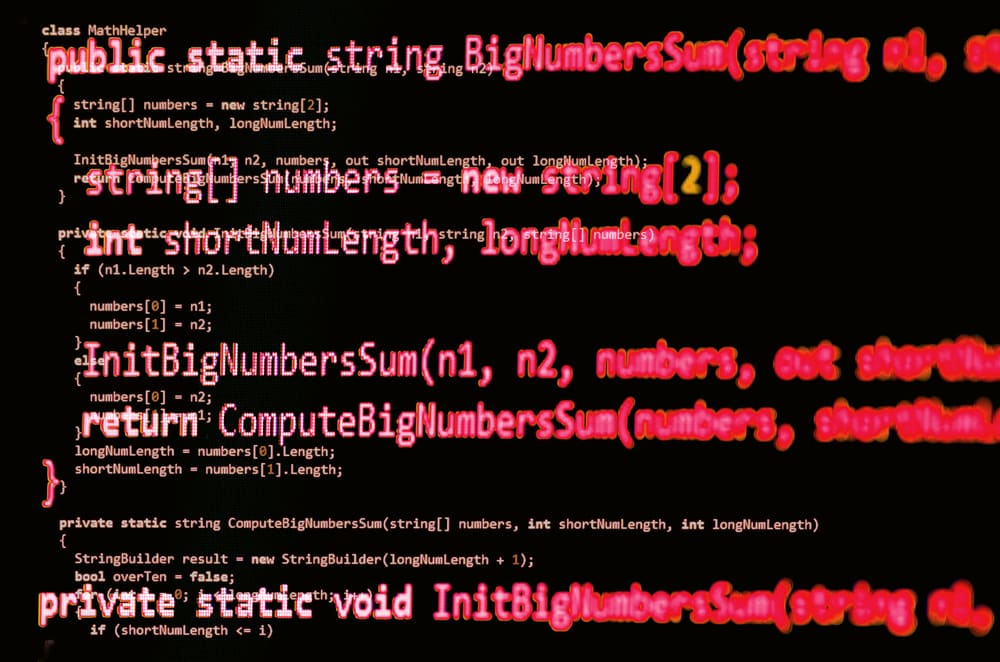In the vast expanse of technological marvels that underpin our modern world, there’s an elemental language: the binary code. To the uninitiated, it’s a baffling stream of ones and zeros, but to the computer, it’s as intrinsic as the alphabet is to us. Every application you use, every website you visit, and even the hardware of the computer itself operate at a fundamental level using this binary language. But how does this series of 1s and 0s translate into the vast range of actions, images, sounds, and processes that we witness daily? The answer lies in understanding the conversion from binary to decimal.
Embarking on the journey of converting binary to decimal is more than just a mathematical exercise. It’s a bridge between human cognition and computer logic. By grasping this conversion, we not only unlock a foundational understanding of computer operations but also harness a powerful tool used in computer science and electronics. Whether you’re a student, a budding programmer, or just a curious mind, this guide will illuminate the pathways that connect the simplicity of binary code to the complexity of the decimal system we use every day. Dive in, and let’s decode the digital!
Binary to Decimal Converter
Use this simple tool to quickly convert any binary number into its decimal equivalent. Enter a binary number (composed of 0s and 1s), and click ‘Convert’ to see the decimal value instantly. This tool is perfect for students, programmers, and anyone working with binary data.
- Introduction
- What is a Binary Number System?
- What is a Decimal Number System?
- What is Binary to Decimal Conversion?
- Binary to Decimal Conversion Methods
- Binary to Decimal Formula
- How to Convert Binary to Decimal
- Conclusion
Introduction
In Mathematics, a number system is a way of representing numbers. There are four types of number systems, which are:
- Binary Number System (Base – 2)
- Octal Number System (Base – 8)
- Decimal Number System (Base – 10)
- Hexadecimal Number System (Base – 16)
Number system plays an important role mostly in all computer gadgets and especially in computer architecture. It is used by computer engineers, communication specialists, networking, and other professionals. Before moving on to binary to decimal conversion, let’s understand both the number systems.
What is a Binary Number System?
A Binary Number System is the simplest form of number system that uses only two digits that is 0 (zero) and 1 (one). It is also called as base 2 numeral system. This number is mostly used in computer architecture and electronic devices.
Examples of Binary Number System: 01, 101, 1110, 10011, 1011101, and so on.
What is a Decimal Number System?
A Decimal Number System is a representation of numbers from 0 to 9. The decimal number system is the most common number system used by the general public. These number systems are also known as the base 10 numeral system.
Example of Decimal Number System: 10, 121, 485, 8483, 82940, and so on.
What is Binary to Decimal Conversion?
Binary to decimal conversion is done to convert binary number system to decimal number system, which means base 2 numeral system are converted into base 10 numeral system. It is important to know binary to decimal conversion because of computer programming applications. So the machine can understand only binary number system in form of 0 and 1 whereas humans can easily understand decimal number system that includes all 10 digits. So, it is important to understand how to convert binary number systems into decimal number systems.
Binary to Decimal Conversion Methods
There are two main methods for converting binary number systems into decimal number systems. These methods are:
- Positional Notation
- Doubling
Conversion Using Positional Notation
- Write the binary number and count the power of 2 from right to left, starting from 0 onwards.
- Now each binary number has the corresponding power of 2 starting from right to left. So the most significant bit will have the highest power of 2.
- Add the product of the second step
- The final answer will be converted into a decimal number that is base 10.
Example of Positional Notation
Binary Number: (101)2 1 0 1 1 x 22 + 0 x 21 + 1 x 20 4 + 0 + 1 (5)10 So, the decimal number of (101)2 is (5)10 Similar we can represent fractional binary number into decimals Binary Number: (0.101)2 1 0 1 . 1 0 1 1 x 22 + 0 x 21 + 1 x 20 . 1 x 2-1 + 0 x 2-2 + 1 x 2-3 (4 + 0 + 1) . (0.5 + 0 + 0.125) (5.625)10 So, the decimal number of (0.101)2 is (5.625)10
Conversion Using Doubling
Conversion using doubling is one of the simplest ways for converting binary numbers into decimal numbers. We need to take the most signification bit or leftmost digit of the number. Then multiply the digit by 2 and add the second leftmost bit and store the result. Similarly, we need to take the result and multiply it by 2 and take the third leftmost bit and update the result. This process will continue till we reach the least significant bit which is the rightmost bit. Since we are multiplying by 2 so this process is known as Doubling.
Example of Doubling
Binary Number: (101)2
= 1
= 1 x 2 + 0 = 2
= 2 x 2 + 1 = 5
So, the decimal number of (101)2 is (5)10
Binary to Decimal Formula
The formula to convert binary number system into decimal can be represented by,
A = xn * bn + xn-1 * bn-1 + ….. + x1 * b1 + x0 * b0
Where,
A represents the integer
x represents the digit value
b represents the base value
For Example :
(1000)2 = 1 x 23 + 0 x 22 + 0 x 21 + 0 x 20
Tabular Representation of Binary to Decimal Number
| Binary1 | Decimal1 | Binary2 | Decimal2 |
|---|---|---|---|
| 0000 | 0 | 1000 | 8 |
| 0001 | 1 | 1001 | 9 |
| 0010 | 2 | 1010 | 10 |
| 0011 | 3 | 1011 | 11 |
| 0100 | 4 | 1100 | 12 |
| 0101 | 5 | 1101 | 13 |
| 0110 | 6 | 1110 | 14 |
| 0111 | 7 | 1111 | 15 |
How to Convert Binary to Decimal
Using Positional Notation
Examples:
- (10001)2
1 0 0 0 1 = 1 x 24 + 0 x 23 + 0 x 22 + 0 x 21 + 1 x 20 = 16 + 0 + 0 + 0 + 1 = (17)10
- (1000.101)2
1 0 0 0 . 1 0 1 = (1 x 23 + 0 x 22 + 0 x 21 + 0 x 20) . (1 x 2-1 + 0 x 2-2 + 1 x 2-3) = (8 + 0 + 0) . (0.5 + 0 + 0.125) = (8.625)10
Using Doubling
Examples:
- (10011)2
1 0 0 1 1 = 1 = 1 x 2 + 0 = 2 = 2 x 2 + 0 = 4 = 4 x 2 + 1 = 9 = 9 x 2 + 1 = 19 = (19)10
- (10000101)2
1 0 0 0 0 1 0 1 = 1 = 1 x 2 + 0 = 2 = 2 x 2 + 0 = 4 = 4 x 2 + 0 = 8 = 8 x 2 + 0 = 16 = 16 x 2 + 1 = 33 = 33 x 2 + 0 = 66 = 66 x 2 + 1 = 133 = (133)10
Converting binary to decimal is a straightforward process. Each digit in a binary number represents a power of 2. Starting from the rightmost digit, you assign the value of 2 raised to the power of the position of the digit and then sum up these values to get the decimal equivalent. Here’s the general formula:
Decimal Value = (binary digit) * 2^(position)
Let’s look at a couple of examples:
- Binary: 1010 Decimal Value = (1 * 2^3) + (0 * 2^2) + (1 * 2^1) + (0 * 2^0)
= 8 + 0 + 2 + 0
= 10 So, binary 1010 is equal to decimal 10. - Binary: 110110 Decimal Value = (1 * 2^5) + (1 * 2^4) + (0 * 2^3) + (1 * 2^2) + (1 * 2^1) + (0 * 2^0)
= 32 + 16 + 0 + 4 + 2 + 0
= 54 Binary 110110 is equal to decimal 54. - Binary: 1111 Decimal Value = (1 * 2^3) + (1 * 2^2) + (1 * 2^1) + (1 * 2^0)
= 8 + 4 + 2 + 1
= 15 Binary 1111 is equal to decimal 15.
Remember, the rightmost digit is at position 0, the next to the left is at position 1, and so on. You simply substitute the binary digits into the formula and calculate the decimal value.
Binary to decimal Conversion FAQs
Decimal Value = (1 * 2^4) + (0 * 2^3) + (1 * 2^2) + (0 * 2^1) + (1 * 2^0) = 16 + 0 + 4 + 0 + 1 = 21
Binary 10101 is equal to decimal 21.
Decimal Value = (1 * 2^3) + (0 * 2^2) + (1 * 2^1) + (1 * 2^0) = 8 + 0 + 2 + 1 = 11
Binary 1011 is equal to decimal 11.
To convert binary to decimal, follow these steps:
Write down the binary number.
Assign positions to each digit from right to left (0, 1, 2, …).
Multiply each digit by 2 raise to its position and sum up the results.
For example, to convert binary 101 to decimal: Decimal Value = (1 * 2^2) + (0 * 2^1) + (1 * 2^0) = 4 + 0 + 1 = 5
Decimal Value = (1 * 2^4) + (1 * 2^3) + (0 * 2^2) + (0 * 2^1) + (1 * 2^0) = 16 + 8 + 0 + 0 + 1 = 25
Binary 11001 is equal to decimal 25.
Decimal Value = (1 * 2^4) + (1 * 2^3) + (1 * 2^2) + (1 * 2^1) + (1 * 2^0) = 16 + 8 + 4 + 2 + 1 = 31
Binary 11111 is equal to decimal 31.
Decimal Value = (1 * 2^6) + (0 * 2^5) + (1 * 2^4) + (0 * 2^3) + (1 * 2^2) + (1 * 2^1) + (1 * 2^0) = 64 + 0 + 16 + 0 + 4 + 2 + 1 = 87
Binary 1010111 is equal to decimal 87.
Decimal Value = (1 * 2^5) + (1 * 2^4) + (1 * 2^3) + (0 * 2^2) + (1 * 2^1) + (0 * 2^0) = 32 + 16 + 8 + 0 + 2 + 0 = 58
Binary 111010 is equal to decimal 58.
To Conclude
So, we saw how we can easily convert binary numbers into decimal number systems, making it easier to understand and read. Also, it is important to note that a binary number can also be a decimal number. For example, 10 can be a binary number because it contains 0 and 1, but on the other hand, 10 can also be a decimal number because it uses digits from 0-9. To avoid confusion, always focus on the base value of the number—such as (10)₂ for binary (base 2) and (10)₁₀ for decimal (base 10).
To further enhance your knowledge on number systems and more, explore free certification courses that can provide deeper insights into this subject.






